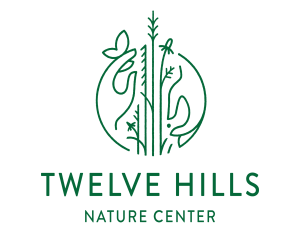Photo courtesy Christina Childress @christinachildressphoto Join us from your home April 24-27 for the annual iNaturalist CNC. Every year we invite the neighborhood out to Twelve Hills for a local…
Lee Kelton, a longtime volunteer at Twelve Hills, passed away last weekend. A Kings Highway resident, Lee was involved with Twelve Hills early on, helping clear the land of debris…
Update: Twelve Hills reopened on Monday, but we ask that everyone please respect social distancing, use the newly created step offs to give others space when passing, and maintain a…
A Note from Twelve Hills Nature Center During this time of “social distancing” we know that it’s challenging and scary, and that people are working to stay safe and healthy….
Help us meet our match! Antéks Home Furnishings (www.antekshome.com) is supporting Twelve Hills Nature Center with a $1000 matching gift! The Twelve Hills Board thanks Antéks’ Home Furnishings for the…
Thanks to our wonderful friends and neighbors, Twelve Hills received $4110 in donations on North Texas Giving Day. In addition, Grand Bank of Texas is generously providing another $1000 in…
Read an excellent article about Seed Preschool here https://www.dallasnews.com/news/education/2017/04/18/bugs-hippie-bus-nature-new-kind-pre-k-kiddos



